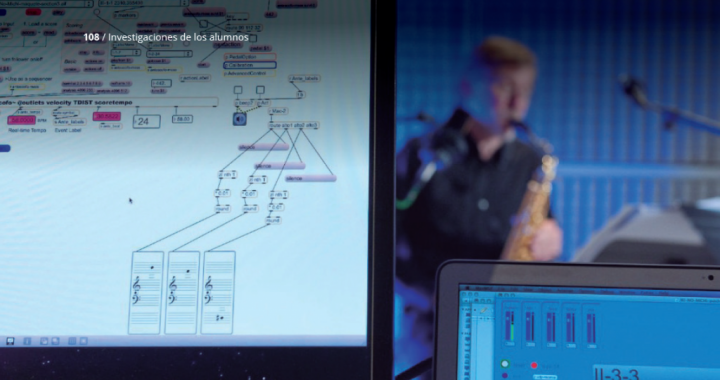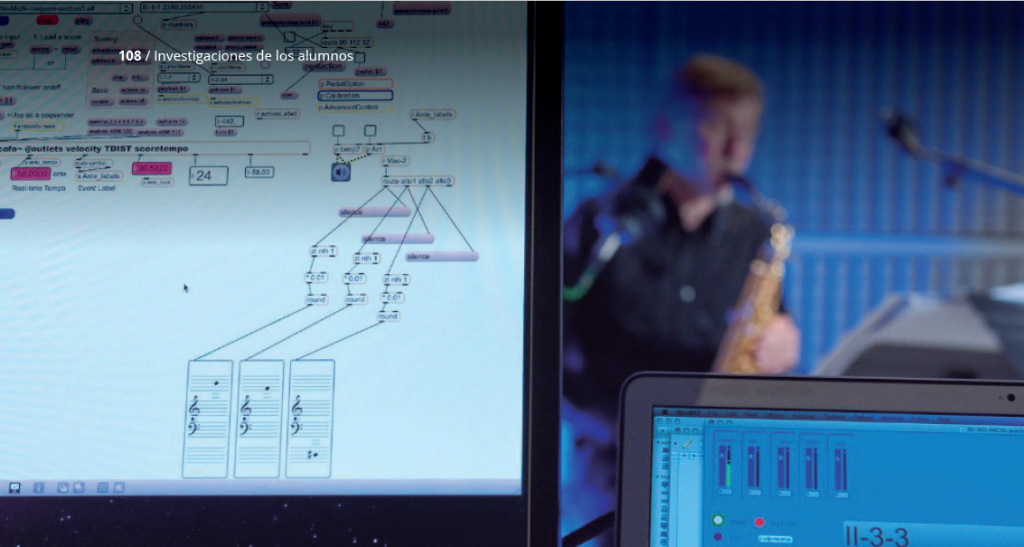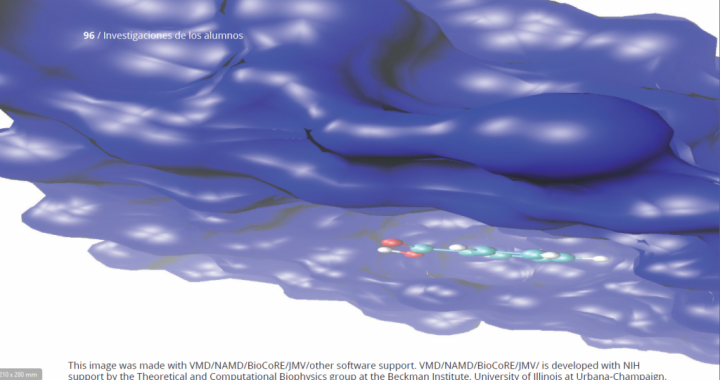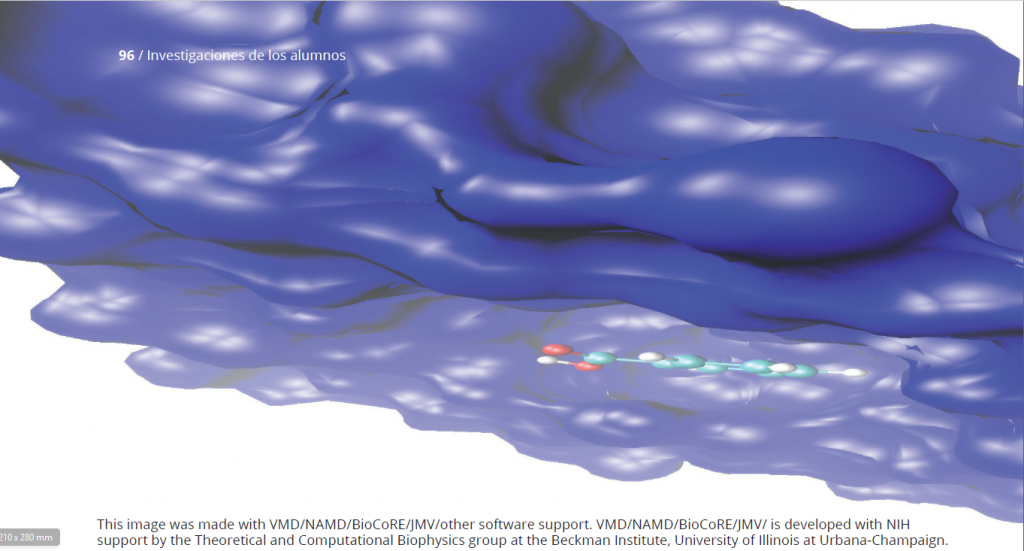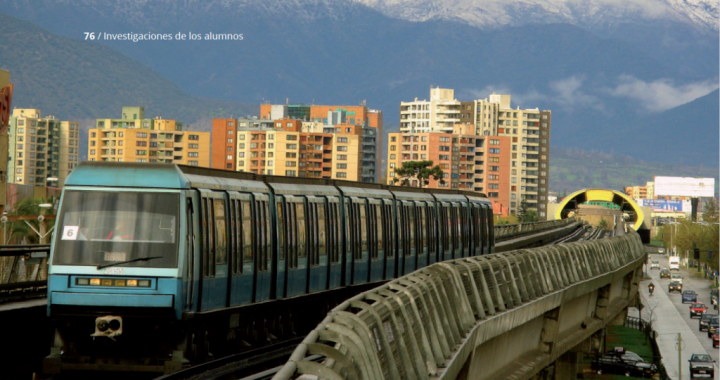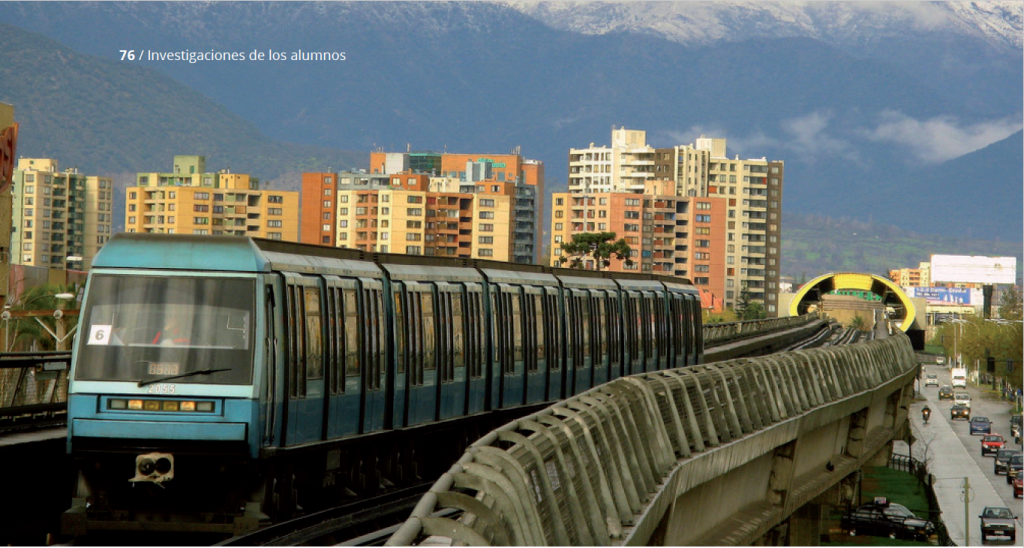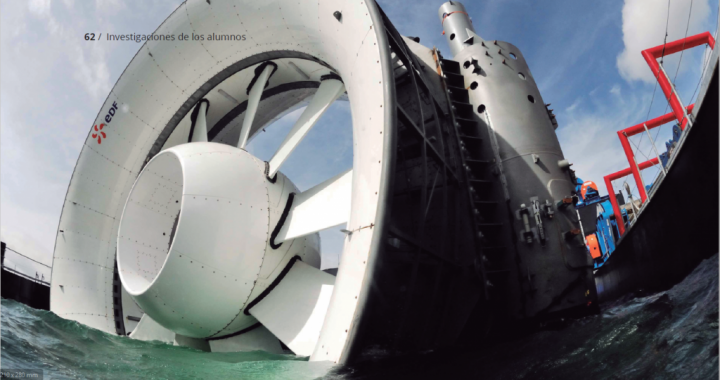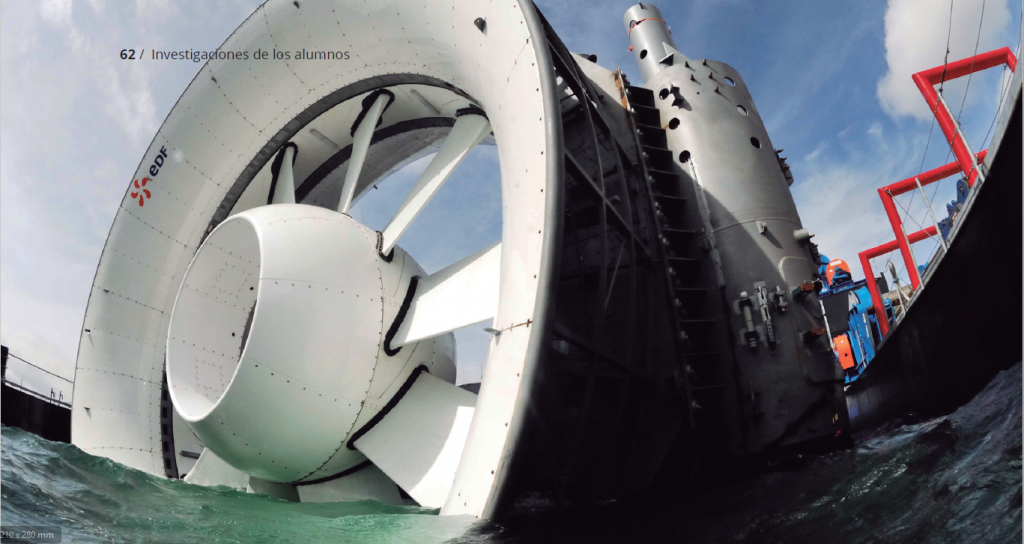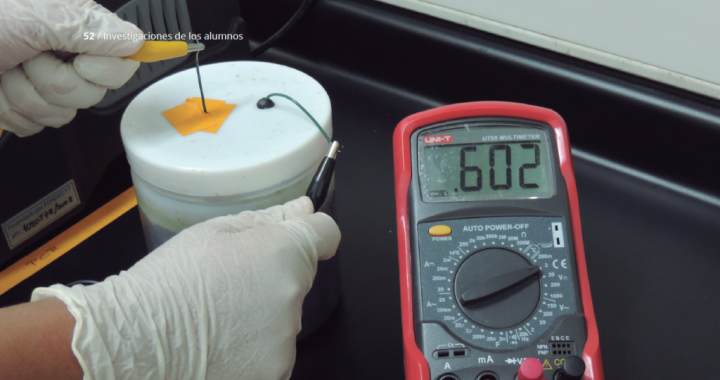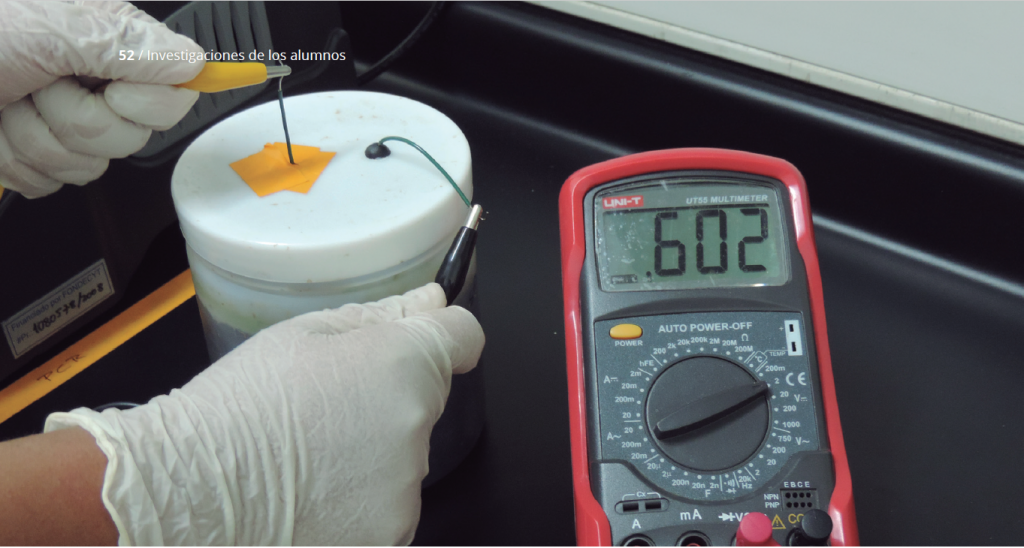Nicole Blin, Victoria Sandoval, Francisco Suárez, Felipe Victorreo, Carlos Bonilla, Jorge Gironás, Sergio E. Vera, Waldo Bustamante, Vicky Rojas, Pablo Pastén.
JI3 2016, number 6, pages 121-131.
Abstract
Green roofs are technological solutions that integrate vegetation into infrastructures to reach benefits such as the reduction of rooftop runoff peak flows. The proper performance of a green roof depends on its substrate, which is an artificial media that has an improved performance compared to natural soils. Therefore, it is very important to investigate the substrate properties to characterize the behavior of a green roof, and to optimize its performance. This work investigates the hydraulic properties of three substrates commonly found in green roofs, corresponding to Las Brujas, Verde Activo and Jardinsen, by means of drainage experiments and numerical simulations. The drainage experiments consist in substrate columns that are saturated with water and then drained by fixing different pressure heads at the bottom of the column. These experimental data enables the determination of the water retention and hydraulic conductivity curves of each substrate by inverse modeling using the Hydrus 1D software. It was concluded that, among the three substrates used in this investigation, the Jardinsen substrate retained a larger amount of water. Therefore, we recommend the use of this substrate to reduce surface runoff of storms with small return period.


